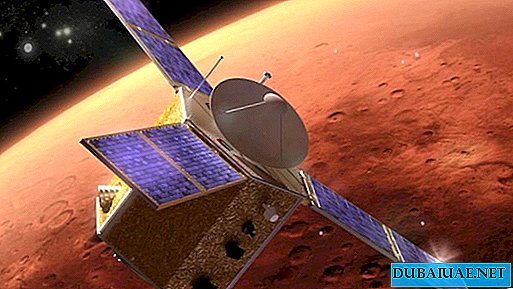A year later, the United Arab Emirates space probe will go to Mars.

On July 23, 2019, the UAE Space Agency and the Mohammed bin Rashid Space Center launched a countdown to the start of the space mission to Mars.
An Emirate probe called Hope will travel to the Red Planet in mid-July next year from the Tanegashima Space Center in Japan. His "journey" will take seven to nine months. The probe will leave at a time when Mars and the Earth will come as close as possible. This happens only twice a year.
Ahmad Al Falasi, chairman of the UAE Space Agency, said the final preparations are underway
"The launch of the Hope probe will be an important milestone in the history of the UAE," he said. "For the whole world, this is a confirmation that the UAE has entered the global space research race and are determined to maintain a leading position among developed countries in this complex field."
Emirate Martian mission will be the first for the Arab and Muslim world. It symbolically coincides with the year celebrating the 50th anniversary of the UAE.
The probe is designed and built by a team of scientists from the United Arab Emirates in collaboration with experts from the United States. Hope is currently undergoing a series of tests before launch. They will end in December and, if successful, will ensure that the probe can withstand extreme temperatures in the range of -148 ° C to 102 ° C.
Hamad Al Mansouri, chairman of MBRSC, said the data collected by Hope will prove to be “invaluable” for future generations. Last October, the former head of NASA announced that the UAE is helping humanity by sending a probe to Mars.
“Like other international space missions, Hope Probe will directly and indirectly facilitate new discoveries,” said Hamad Al Mansouri.
It is expected that Hope will reach the orbit of Mars in the first quarter of 2021 and will collect more than 1000 gigabytes of data during its mission. The goal of the program is to collect information about meteorological conditions on Mars and analyze the atmosphere of the planet.











